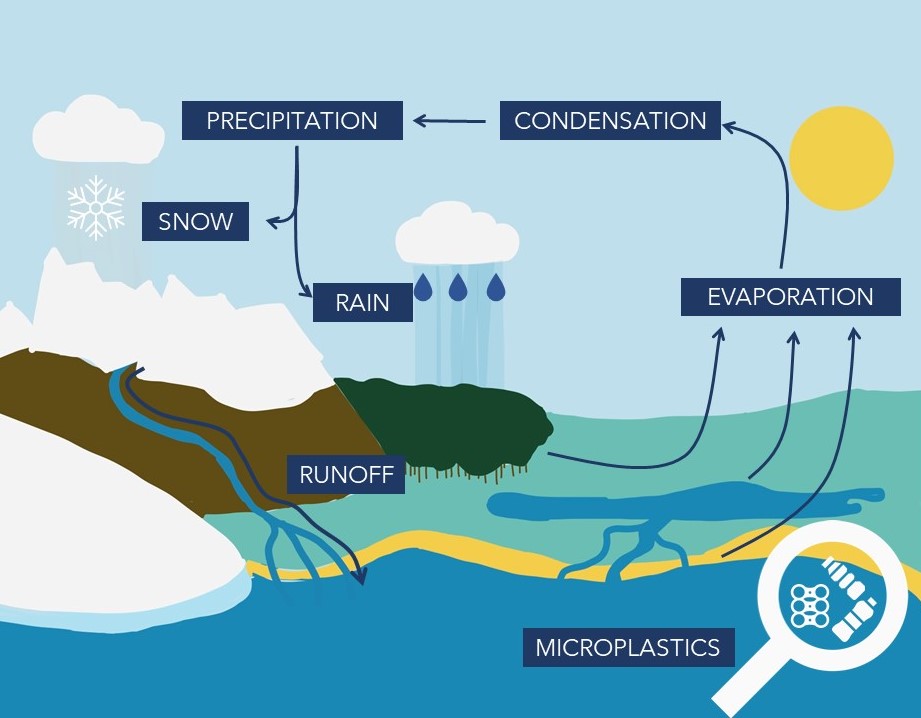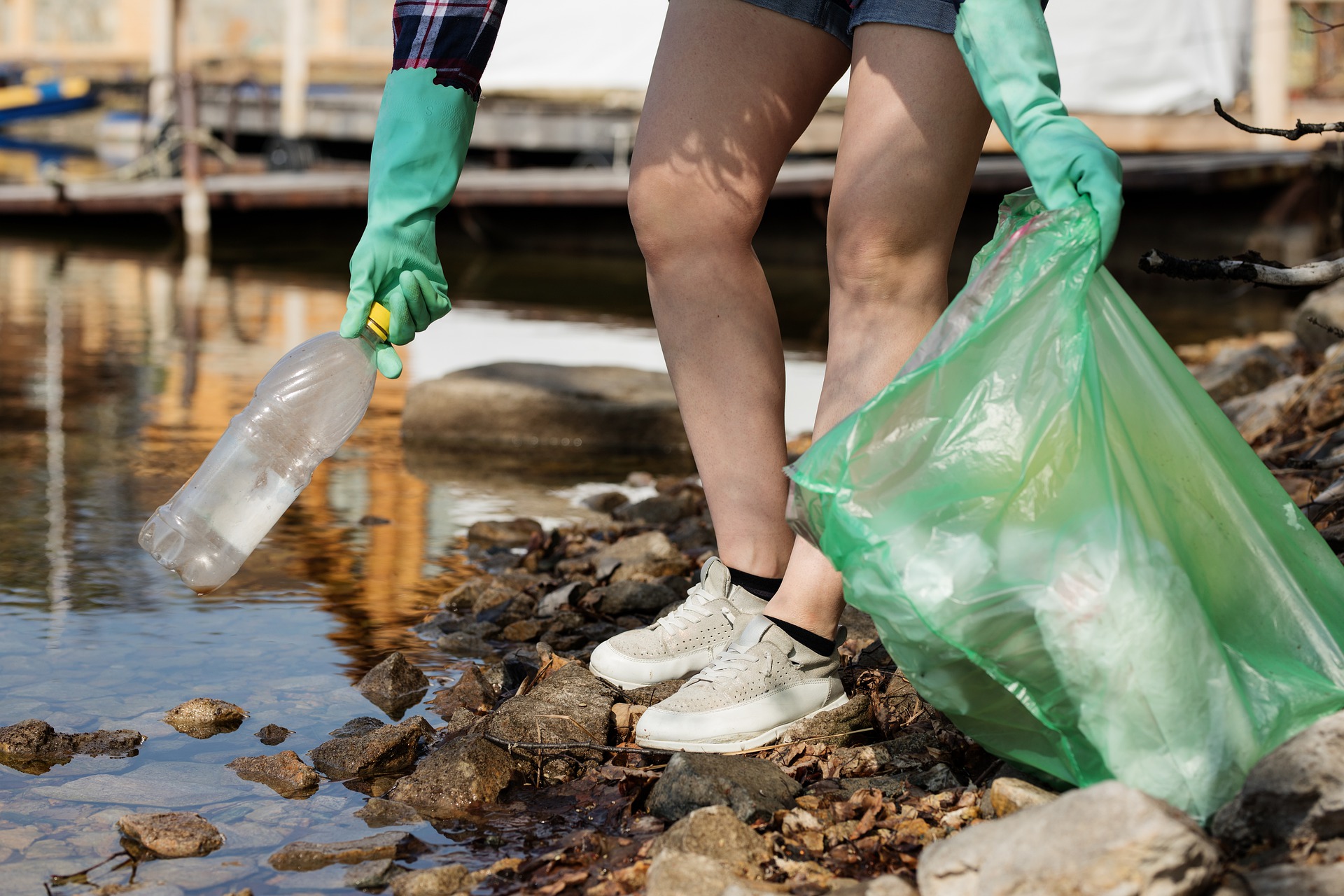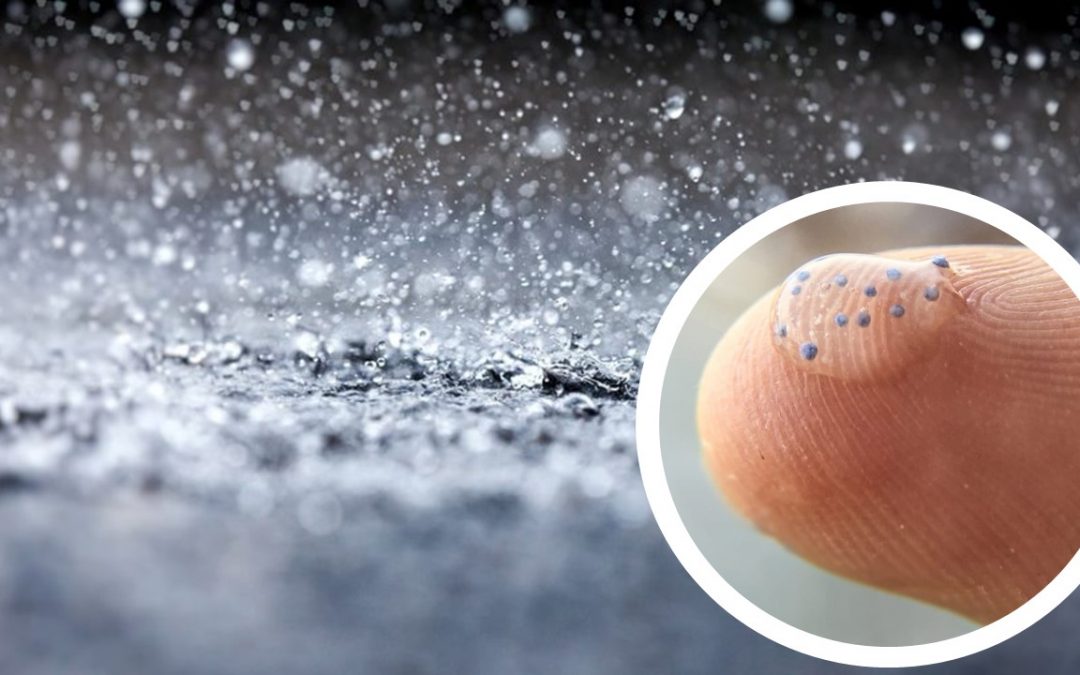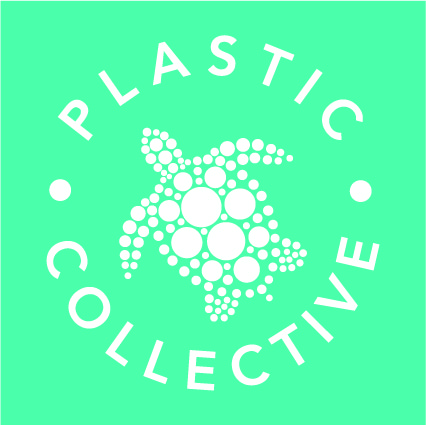Plastic degrades; we know this because we hear it and see it ALL the time. But, are you aware of how much degraded plastic there actually is? Recently a new study has shown evidence for rain containing microplastic particles. But how is this possible?
How can there be microplastics in the sky?
In Australia there are seven types of plastic. Out of these seven types, there are three which are known to float in water. This is possible, due to the density of these plastics being less or equal to the density of water (density = 1).
1. Polypropylene (bottle caps) has a density of 0.92
2. Polyethylene (plastic bags) has a density of 0.95
3. Polystyrene (fishing floats) has a density of 1.01
In fact, journal science has shown as much as 75% of ‘nanoplastics’ comes from the degradation of these larger products; plastic bags, bottles and fishing gear. Whilst other sources for these tiny pollutants include, synthetic clothing containing plastic microfibers and cosmetic beauty products containing microbeads used for ‘exfoliation’. Overtime, these plastics break down and mix with water in the environment forming very small particles, otherwise known as microplastics or microbeads. There is a property of water called ‘adhesion’, which is the attraction of water molecules to different substances. Essentially, the water sticks to these plastic particles. The microplastics (less than 5mm), are then exposed to the water cycle through evaporation. And of course, what goes up, must always come down. Leading to the precipitation or rain of plastics.

So, how much plastic is in the sky?
It is hard to determine exactly how much plastic is in the sky, especially since there is no way of measuring it. However, there was a recent study conducted in the United States of America assessing the wind and rain transportation of plastic particles in protected areas of south and central western U.S. The study estimates, more than 1000 metric tons per year, are expected to ‘fall’, more specifically, rain in these areas alone. Another study, converted this figure, estimating the equivalent of 120 million plastic water bottles will fall from the sky in rain every year.
Does this mean I could be drinking plastic?
It is highly unlikely. Unless you are drinking straight from a freshwater stream located in urban areas area adjacent to landfill your chances of drinking pieces of plastic are relatively low. In regards to the water coming from your tap, risks of accidentally drinking plastic is even less probable. In Australia the threats to water quality include salinity, blue/green algae, blackwater, dissolved oxygen, high turbidity, temperature and acid sulphate soils. Plastic rain, is not one of these major threats; hugely thanks to extensive water filtration. Due to these highly diverse, and in some cases dangerous threats, water quality standards, filters, and tests are incredibly high. Therefore reducing the off-chance of plastic fibers entering our water facilities and your cup.

Is there anything we can do?
Plastics are everywhere and they’re unavoidable. If we have learnt anything from the implications of plastic rain, it’s to prevent and remove plastic waste from the environment. So far, the only solution to prevent plastic from falling out of the sky in rain, is to:
a) significantly reduce our use of plastic,
b) prevent plastic from entering our environment through improved waste management and,
c) remove existing plastic waste from the environment through recovery programs.
As all plastic conscious citizens know, the best way to reduce and remove plastic waste is to use our collective voices to demand corporate and government change. Together, we have already achieved amazing milestones for planetary health such as creating the movements; beat the bead, straw no more, ban the bag, transforming some of the biggest retailers, including coles and woolworths, and developing global standards, all with the collective goal to reduce plastic waste. So… why not maintain this momentum?
And find out more on what you can do to reduce Plastic Rain by getting involved today.


